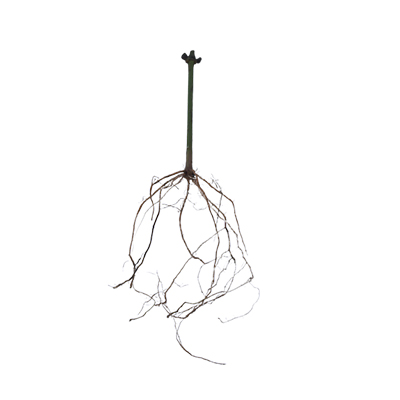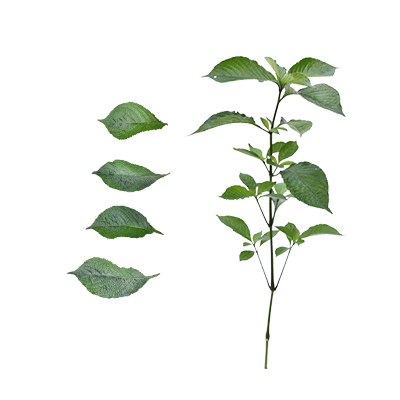Keci Beling
Strobilanthes crispa (L.) Blume
Acanthaceae
Location in our garden
Principal
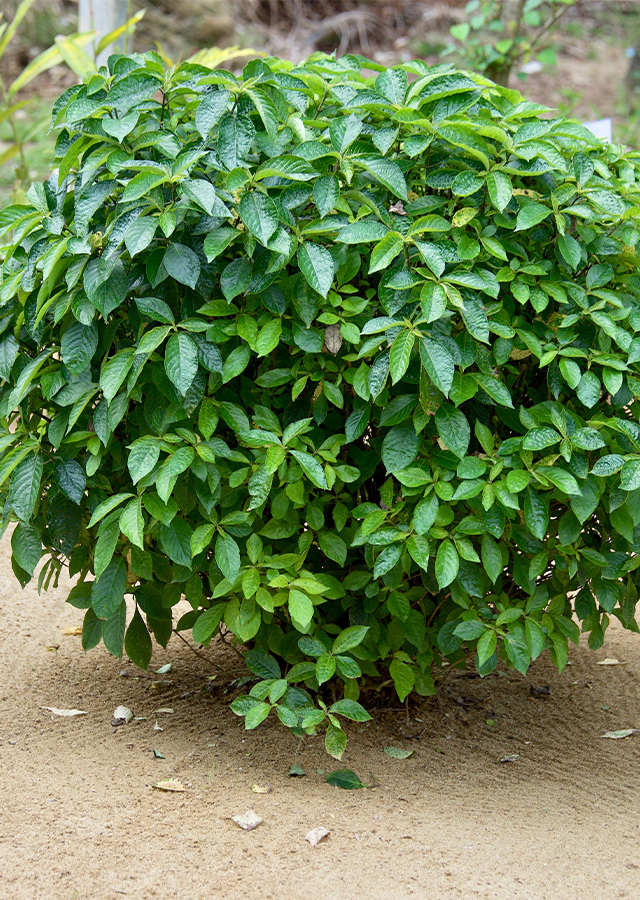
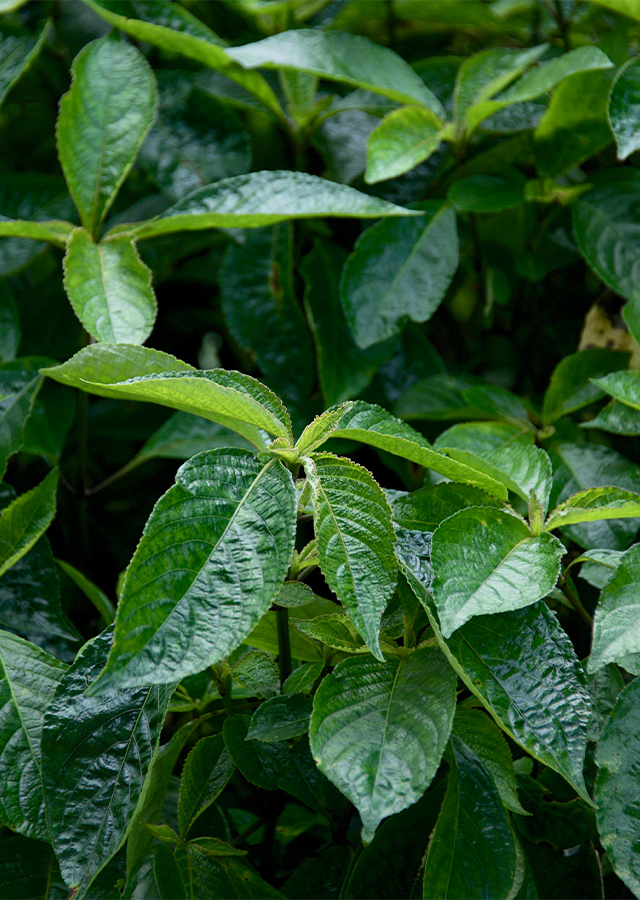
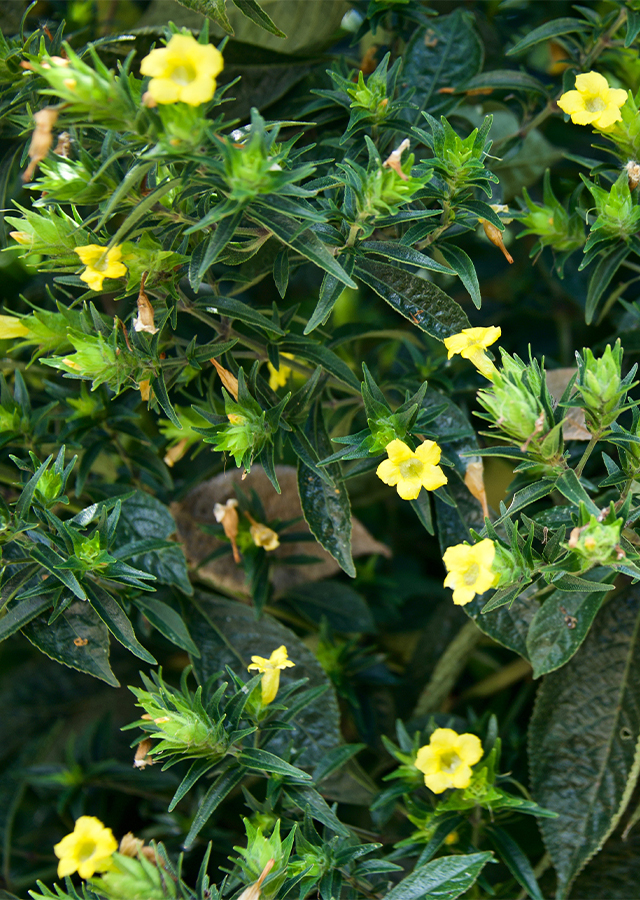
Synonym
Hemigraphis crispa (L.) T.Anderson
Ruellia crispa L.
Sericocalyx crispus (L.) Bremek.
Habitus
Shrubs. An erect herbaceous perennial plant, able to grow up to 1 m tall. This bush-like plant is scattered throughout the regions of Madagascar to the Malay Archipelago.
Part Used
Leaves
Roots
Growing Requirements
Full Sunshine
Habitat
Shrublands
Grassland
Terrestrial
Overview
Keci beling (Strobilanthes crispa) is a herbal medicine plant that is native to countries from Madagascar to Indonesia. It contains high amounts of minerals and vitamin C, B1, and B2. This species resembles Strobilanthes cusia, but it has yellow flowers while those of S. cusia are purple.
Vernacular Names
Hei mian jiang jun (Chinese), Pecah kaca; Pecah beling; Karang jin; or, Bayam karang (Malay).
Agroecology
The plant can be found on riverbanks or abandoned fields. Prefers a tropical climate zone, full sun, and moderate water. It grows from an altitude of 50 to 1,200 m above sea level with rainfall of 2,500 to 4,000 mm/year and pH 5.5 to 7.0.
Morphology
- Stem - near the branch tips is distinctly 4- sided. Immature bark is purplish, gradually turning brown at maturity.
- Leaves - dark green, shiny are elliptic-oblong with a toothed leaf margin and rough texture (5-8 cm long, 2-5 cm wide), occur in pairs in an opposite leaf arrangement.
- Flowers - 1.5-2 cm long, are yellow, funnel-shaped, arranged in a spike-like inflorescence with leafy bracts. They are seldom produced when cultivated.
- Fruit - spindle in shape and measure about 11 cm long.
- Seed - ovate or orbicular in outline and lenticular by being flattened.
Cultivation
- Propagation is by seed.
- Vegetative propagation is by stem cutting.
Chemical Constituents
Alkaloids, tannins, saponins, flavonoids (quercetin, rutin, catechin, apigenin, kaempferol), polyphenol (ferulic acid, cinnamic acid, gallic acid, chlorogenic acid), caffeine.
Traditional Medicinal Uses
- Antidiabetic, antilytic, laxative, anticancer and as a diuretic agent.
- Leaves poultice was used for ague in children, coughs, and chest pain.
- The high content of this calcium carbonate makes this boiled water of this plant become mildly alkaline and function in ease of urination.
- It was reported that 'Orang Asli' in Kampung Bawong, Perak of West Malaysia masticated and swallowed the fresh leaves of this plant to enhance the immune system.
- A survey of the Malay herbal medicine in the Gemencheh settlement, Negeri Sembilan state, Malaysia, revealed the application of S. crispa to treat kidney stones by placing the heated leaves on the hips.
Part Used
Reference Sources
- GlobinMed. (2021). Malaysian herbal monographs. Strobilanthes crispus (L.) Bremek. Global Information Hub On Integrated Medicine (GlobinMed) Web. https://www.globinmed.com/index.php?option=com_content&view=article&id=105686:strobilanthes-crispus-l-bremek-r&catid=209&Itemid=143 (Accessed 19-01-2021).
- Koh, R.Y., Lim, F.P., & Ling, L.S.Y., et al. (2014). Anticancer mechanisms of Strobilanthes crispa Blume hexane extract on liver and breast cancer cell lines. Oncology Letters 14(4): 4957–4964.
- NParks Flora & Fauna. (2021). Flora and Fauna Web: Strobilanthes crispa (L.) Blume. NParks Flora & Fauna Web. https://www.nparks.gov.sg/florafaunaweb/flora/2/4/2479 (Accessed 19-01-2021).
- Nurraihana, H., & Norfarizan-Hanoon, N.A. (2013). Phytochemistry, pharmacology, and toxicology properties of Strobilanthes crispus. International Food Research Journal 20(5): 2045-2056.
